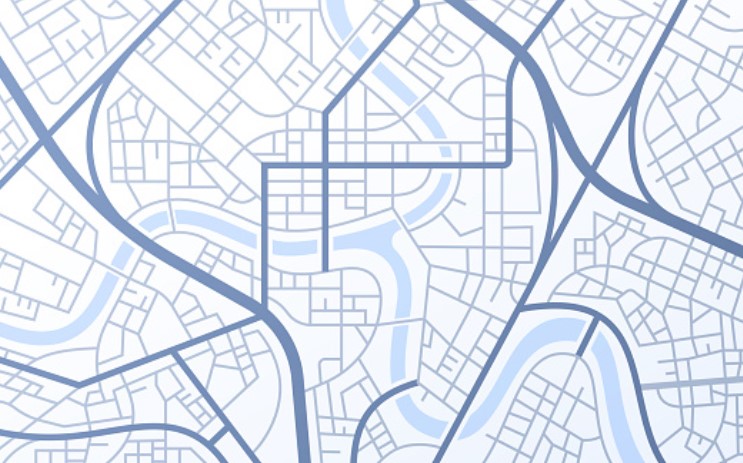Skip Crunches? Unleash Your Inner Abs with the Ultimate Ab Roller Workout
Everyone desires chiseled, prominent abs, correct? However, more importantly, possessing a robust core (which includes your abs, oblique muscles, lower back, and hips) is essential for nearly every action we undertake—from picking up groceries to keeping proper posture when seated, reducing the risk of back pain, and enhancing our capabilities in various sports or exercises.
If you sense that your abdominal exercises have turned dull or you’ve stopped seeing progress, perhaps it’s time to add a fresh element to your workout gear. That’s exactly why we’re highlighting an item for today: the ab roller (also known as the ab wheel).
What is the Ab Roller and Why is it So Effective?
You’ve probably seen it: a wheel with a handle on each side. Looks simple, right? Well, its simplicity hides an intense challenge. The ab roller not only works the rectus abdominis (the famous “six-pack”), but it massively recruits the obliques, deep abs (transverse abdominis), hip flexors, and also demands great effort from the lower back, shoulders, and arms to stabilize the movement.
Its magic lies in the principle of anti-extension. As you roll forward, your core has to work tremendously to prevent your back from arching (extending), maintaining a straight line from your knees (or feet, if you’re advanced) to your shoulders. This type of controlled isometric and concentric work is incredibly effective for building functional strength and stability.
The Amazing Abilities of the Ab Roller:
-
Comprehensive Core Workout:
Works way more muscles than a simple crunch. -
Improves Stability:
Crucial for avoiding injuries, particularly in the lumbar region. -
Portable and Affordable:
Easy to store and carry, no need to hit the gym. -
Scalable:
You can adjust the difficulty based on how far you extend. -
Requires Total Control:
Forces you to be aware of your body and technique.
Get Rolling! Proper Technique
Using the ab roller requires concentration and good form to avoid injuries. Here’s how to start safely:
Starting Position: Kneel on the floor. You can use a mat or pillow to protect your knees.
Place the roller on the floor right under your shoulders, gripping it firmly. Keep your back straight and core slightly engaged.
The Descent (The Extension): Slowly start rolling the wheel forward, extending your arms and bringing your body towards the floor. The key is to keep your back straight and abs strong, avoiding your hips from dropping or your back from arching. Only go as far as you can maintain total control and correct form. For beginners, it might be just a few inches.
The Pause: Make a brief pause in the extended position, controlling stability.
Return to Starting Position: Engage your abdominal muscles and arm power to draw the wheel back to the initial kneeling stance. Typically, this part demands the utmost effort from your abs. As you stretch out, exhale; when coming back, inhale—breathe comfortably but ensure your core remains activated throughout.
Carry out the required number of repetitions.
Golden Tips for Beginners:
Avoid Moving Too Fast Initially: Begin with brief motions, only slightly rolling. Gradually increase your range as you build more strength.
Utilize a Wall: When you move toward a wall, you have the option to stop your movement against it initially. This acts as a secure “stop.”
Concentrate on Technique: It’s more effective to perform 3 repetitions with proper form than 10 done with a rounded back.
Consciously Activate the Core: Before you start rolling, tighten your abs as if you’re about to take a punch.
Your Ab Roller Routine
Here’s a sample routine you can incorporate 2-3 times a week, leaving at least one day of rest between sessions for muscle recovery.
Before You Start: Do a light warm-up for 5-10 minutes (marching in place, shoulder and hip mobility, some cat-cow for the back).
Knee Rollout (with the explained technique):
- Perform 3 sets.
- Start with 5-8 reps if you’re a beginner, focusing on form.
- As you get stronger, gradually increase to 10-15 reps per set. If you can do more than 15 with good form, it’s time to try the feet variation!
- Take 60-90 seconds of rest between sets.
Advanced Variations:
- Rollout from Feet: If you’ve mastered the movement from the knees, try doing it from a high plank position (with feet supported). This is much more challenging.
- Diagonal Rollout: From knees or feet, roll the wheel slightly to one side (diagonal) to work the obliques more, then return to the center and repeat to the other side.
- Following the routine: Lightly stretch your stomach and lower back regions (such as a mild cobra or child’s pose).
Important: Before using the ab roller, make sure to check with a doctor or physical therapist if you have any back problems.
The abdominal wheel isn’t a magical device, yet it’s highly efficient when employed correctly and regularly. This tool will push you, making you experience intense engagement in your midsection, aiding in building the strength and balance you desire. Begin at a moderate pace, focusing on proper execution rather than the quantity of repetitions. Gradually, you’ll notice your core transforming into something solid. Time to start spinning those wheels!




